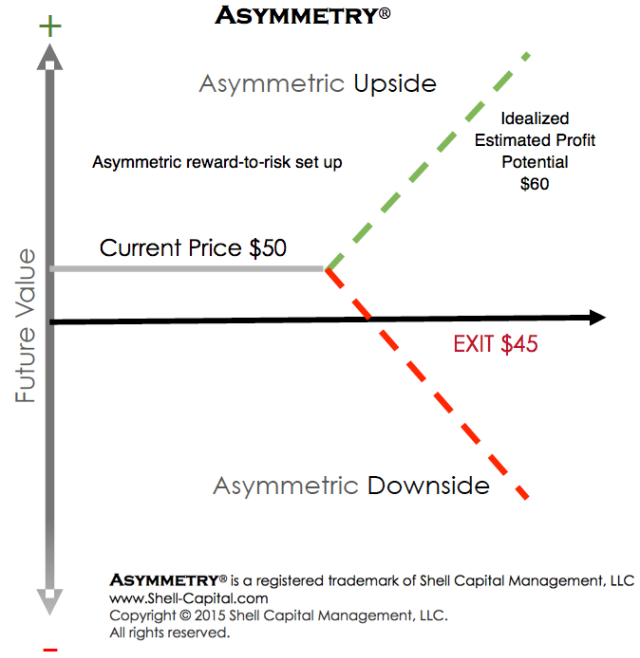With each new year comes a fresh set of questions regarding your savings and investment strategy. Should you stay the course or adjust your portfolio to take advantage of new opportunities? This question is particularly relevant as the economic environment continues to evolve. So, how can you make 2024 a profitable year for your financial assets?
If you’re looking to reassess your investments or explore new financial opportunities, here are 10 investment ideas to consider for the year ahead.
1. Invest in Euro Funds
Euro-denominated funds are a cornerstone of life insurance in France. They offer relatively stable returns with capital protection. In 2024, despite continued low-interest rates, these funds remain a solid foundation for investors seeking security above all.
2. Structured Products
Structured products allow investors to diversify their portfolio while adjusting the level of risk according to their preferences. They combine various financial instruments to offer potentially attractive returns, especially in a volatile market environment.
3. Dated Bond Funds
Dated bond funds invest in bonds that mature at a predetermined date, offering clearer visibility on potential returns. This option can be appealing in a context of uncertain interest rates.
4. Private Equity
Private equity involves investing in unlisted companies. While this type of investment carries higher risks, it can generate significant returns over the long term, particularly in high-growth or innovative sectors.
5. Real Estate Investment Trusts (REITs or SCPI in French)
Indirect real estate investment through REITs (SCPI in France) remains an attractive option. It allows you to invest in real estate without managing properties directly. REITs can offer stable returns through the rental of offices, commercial spaces, or residential properties.
6. Invest in a PER (Retirement Savings Plan)
The PER is a great way to prepare for retirement. In addition to offering tax benefits, it allows you to invest in a diversified range of assets tailored to your investor profile and retirement goals.
7. The PEA (Stock Savings Plan)
The PEA is still a highly advantageous tax-efficient account for investing in stocks. It offers reduced taxation as long as you hold your assets for at least five years, with potentially attractive returns based on stock market performance.
8. Investing in Stocks
For those willing to take on more risk, investing directly in stocks can yield significant returns. The key is to diversify your portfolio and take a long-term view.
9. Rental Real Estate
Rental property investment continues to be a solid option for those looking to diversify their portfolio with tangible assets. In 2024, tax incentives like the Pinel law provide benefits while taking advantage of rising real estate prices in certain areas.
10. Responsible Investing
More and more investors are turning to responsible investing, which considers environmental, social, and governance (ESG) criteria. These investments align with current societal challenges while offering long-term growth potential.











